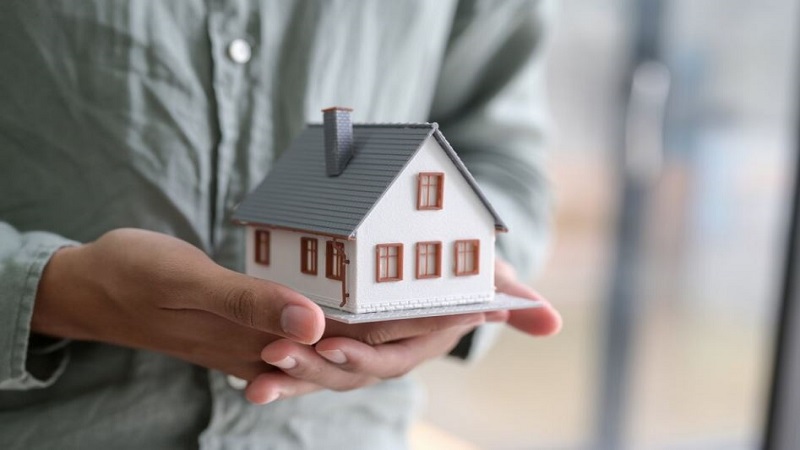Creating an energy-efficient home is not just about reducing utility bills; it’s also about contributing to a more sustainable environment and increasing the comfort of your living space. Here are 10 remodeling tips that can help you achieve a greener, more efficient home.
1. Upgrade to a Smart Thermostat
A smart thermostat is a simple yet effective upgrade. It allows you to program and control the temperature remotely via your smartphone. Modern thermostats can learn your daily schedule, adjust temperatures accordingly, and provide energy usage insights to optimize heating and cooling.
2. Install Energy-Efficient Windows
Older windows are often a significant source of heat loss, especially if they are single-paned. Replacing them with double- or triple-paned, energy-efficient windows can drastically reduce energy consumption. Look for windows with low-E coatings to minimize UV and infrared light penetration while still allowing natural light to pass through.
3. Add Insulation to Your Home
Proper insulation keeps your home warm in winter and cool in summer. Consider upgrading your attic, walls, and floors with high-quality insulation materials. Spray foam, fiberglass batts, or blown-in cellulose can be used based on your home’s specific needs.
4. Seal Leaks Around Doors and Windows
Gaps around doors and windows can lead to significant energy loss. Use weatherstripping and caulking to seal these gaps, ensuring that conditioned air remains inside. It’s a relatively inexpensive fix that can have a significant impact on energy efficiency.
5. Invest in Energy-Efficient Appliances
When replacing appliances, opt for energy-efficient models that carry the Energy Star label. Appliances such as refrigerators, washing machines, and dishwashers can consume a significant amount of energy, so switching to more efficient versions will save money in the long run.
6. Utilize Solar Panels
Solar panels offer a renewable energy source that can substantially reduce your reliance on the grid. While the initial investment can be high, incentives and rebates make this option increasingly affordable. Over time, solar panels will pay for themselves through reduced energy bills.
7. Switch to LED Lighting
LED bulbs consume less energy and last longer than traditional incandescent or fluorescent bulbs. They come in various styles and brightness levels, providing flexibility in creating the ambiance you desire. Switching to LED bulbs throughout your home can result in considerable energy savings.
8. Enhance Your Home’s Ventilation
Proper ventilation is essential to maintain good indoor air quality and avoid excess moisture buildup. Consider installing energy recovery ventilators (ERVs) or heat recovery ventilators (HRVs), which exchange stale indoor air with fresh outdoor air while retaining energy.
9. Install Low-Flow Water Fixtures
Low-flow faucets and showerheads can significantly reduce your water consumption without compromising pressure. These fixtures help conserve water and reduce the energy needed to heat it, providing dual benefits for both your water and energy bills.
10. Regular Maintenance of Heating Systems
Regularly maintaining your HVAC systems ensures they operate at peak efficiency. Replace filters, clean vents, and have a professional inspect your systems annually to identify and address issues early. This helps prolong the life of your equipment and prevent costly breakdowns.
Conclusion
By following these 10 remodeling tips, you can create a more energy-efficient home that benefits both your wallet and the environment. Whether you implement small upgrades or invest in larger renovations, every step taken toward sustainability will yield rewards in the long term.
